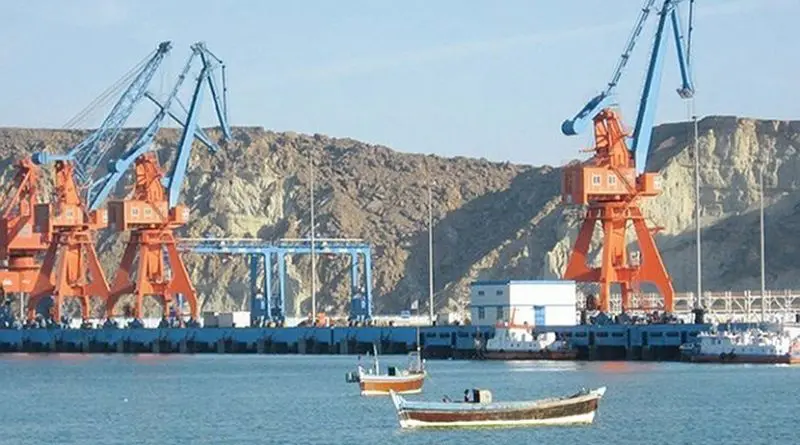Progress Of China-Pakistan Economic Corridor And Implications For Balochistan – OpEd
The China-Pakistan Economic Corridor (CPEC) is a landmark project that aims to connect Gwadar Port in southwestern Pakistan to China’s northwestern region of Xinjiang, via a network of highways, railways, and pipelines. CPEC is a crucial component of China’s Belt and Road Initiative and holds significant economic and geopolitical implications for both countries.
CPEC has allocated a considerable amount of investment towards improving Pakistan’s infrastructure, particularly in Balochistan. Projects include the construction and rehabilitation of highways, such as the Gwadar-Turbat-Hoshab section and the Khuzdar-Basima-Zhob highway. Additionally, the development of Gwadar Port and the establishment of Special Economic Zones (SEZs) in various parts of Balochistan are also expected to unlock the province’s economic potential.
One of the key focuses of CPEC is the development of the energy sector in Pakistan. Balochistan has seen significant progress in this regard, with the completion of the HUBCO coal-fired power plant in Hub and the Quaid-e-Azam solar park in Bahawalpur. These projects have contributed to addressing Pakistan’s energy crisis and have the potential to spur industrial growth in Balochistan.
CPEC projects have the potential to create numerous job opportunities, leading to poverty alleviation and economic growth in Balochistan. The development of Gwadar Port alone is expected to generate thousands of jobs, both directly and indirectly, in sectors such as logistics, trade, and services. Moreover, the establishment of industries in SEZs is likely to attract local and foreign investment, further bolstering employment prospects for the people of Balochistan.
CPEC aims to improve connectivity not only within Balochistan but also across the region. The development of road and rail networks will enhance trade routes and create a more integrated regional economy. This connectivity could also provide a boost to regional tourism, potentially benefiting Balochistan’s tourism sector, characterized by its scenic beauty and cultural heritage.
While CPEC promises immense opportunities for Balochistan, it also brings forth certain social, economic, and environmental challenges. It is vital to ensure that the local population benefits from the development projects, and their livelihoods are not adversely affected. Moreover, environmental concerns related to infrastructure and industrial development need to be addressed through proper planning and sustainable practices.
The progress of the China-Pakistan Economic Corridor reflects a significant transformation in the economic landscape of Balochistan. The infusion of investment and development projects in infrastructure, energy, and trade have the potential to boost the economy, create job opportunities, and enhance connectivity in the region. However, it is imperative for the government and stakeholders to ensure that development is inclusive, sustainable, and addresses the concerns of the local population, thus ensuring the long-term prosperity of Balochistan.

